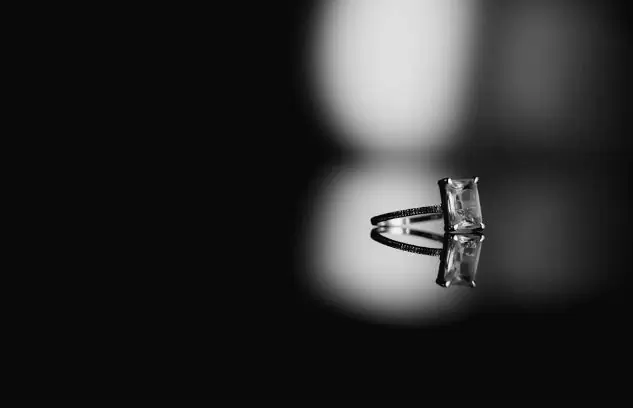How To Draw A Bed
Drawing a bed may seem simple, but it can be quite challenging without the proper steps. Before drawing a bed, it’s important to understand what a bed is and why someone would want to draw it. A bed is typically defined as furniture used for sleeping or resting, consisting of a mattress and often a frame or base for support. However, beds can also have various designs and styles that make them unique.
So why would someone want to draw a bed? For starters, beds are common objects in many interior design settings, so drawing them accurately can add depth and realism to an artwork. Additionally, drawing beds can be useful for architects or designers who need to create floor plans or sketches of bedrooms in their projects. These professionals can better visualise their designs by knowing how to draw different types of beds and their proportions.
To start drawing your bed, break down the basic shapes involved, such as rectangles for the mattress and headboard/footboard. From there, you can add details such as textures on the sheets or patterns on the comforter while paying attention to perspective and proportion. With some practice, you’ll soon be able to draw realistic-looking beds in no time confidently!
How to draw furniture
Drawing furniture can be a challenging task, especially when it comes to complex pieces like beds. However, creating a realistic bed drawing is possible with the right techniques and tools. To start, sketch out the basic shape of the headboard and footboard using light lines. Then, add additional details like trim or carvings using darker lines.
Next, draw in the mattress and bedding by creating basic shapes for each layer. For example, a pillow may be represented by a simple rectangle, while the mattress could be depicted as a large oval shape. Once these shapes are created, add texture and shading to make them appear more three-dimensional.
Finally, finish your bed drawing by adding final touches, such as pillows or blankets draped over the bedspread. By following these steps and practising regularly, you can quickly improve your ability to draw furniture and create more detailed drawings!
How to draw a room
Drawing a bed as part of a room can be challenging, but with some simple steps, you can make it look realistic. First, draw the bed frame using straight lines and add details like buttons or patterns on the comforter. Then, add pillows by drawing circles and rectangles to give them shape. Don’t forget to shade in areas where shadows would naturally fall.
Next, draw other room elements around the bed, such as furniture or decor. It will help create a context for your drawing and make it feel more complete. Use perspective techniques such as vanishing points to make sure everything is proportionate.
Finally, add finishing touches like textures or patterns to bring your drawing to life. For example, you could use cross-hatching techniques to show wood texture on a nightstand or shading techniques on curtains to show folds and movement.
How do I draw a bed from different angles?
When it comes to drawing a bed from different angles, there are several things you need to consider. First, consider the viewer’s perspective and decide the appropriate angle to draw the bed. For instance, to show a bird’s-eye view of the bed, you must position yourself above it.
Once you have decided on the angle, start sketching basic shapes for the bed frame and mattress. Next, add details such as pillows or blankets that may be visible depending on your chosen angle. Don’t forget details that set your bed apart, like headboards or footboards.
Finally, ensure everything is proportionate and double-check your work before finalizing it. Adding shadows can also help create depth and make your drawing more realistic. With these tips in mind, drawing a bed from different angles can become easy, even for beginners!
What are some tips for drawing a realistic-looking bed?
Tip #1: Start with the basic shapes. To draw a realistic-looking bed, it’s important first to sketch out the basic shapes of the bed frame and mattress. Begin by drawing two parallel lines to create the top and bottom edges of the mattress, then add two more lines on either side to form the sides of the mattress. From there, you can easily add the headboard and footboard details.
Tip #2: Pay attention to perspective. Consider where your viewer will be about your drawing when deciding on the perspective for your bed. If you’re drawing a bird’s eye view, you’ll want to show more detail on the top of the mattress than on its sides. Conversely, if you’re drawing a front-facing or side view, focus more detail on those areas.
Tip #3: Add texture and shading. The key to making a realistic-looking bed is adding texture and shading. Use light pencil strokes or crosshatching techniques for darker or shaded areas (such as under pillows or along folds), and use bolder lines for sections that are meant to look crisp (such as around edges). Finally, add colour with colored pencils or markers for depth and realism.
FAQs
Do you need to be an artist to draw a bed?
The answer is no – anyone can learn how to draw a bed with some basic practice and guidance.
What type of paper and pencils are needed for drawing a bed?
While any paper can be used, heavier-weight paper is recommended as it will hold up better against erasing and redrawing. As for pencils, the most important thing is to use ones that give you control and precision when shading and outlining.
Do I need special software or tools to draw a bed digitally?
While various digital tools are available for drawing on computers or tablets, they’re not necessary if you prefer traditional methods like pen and paper. Ultimately, the key to successfully drawing a bed (or anything else) lies in regularly practising while taking note of your progress over time.










